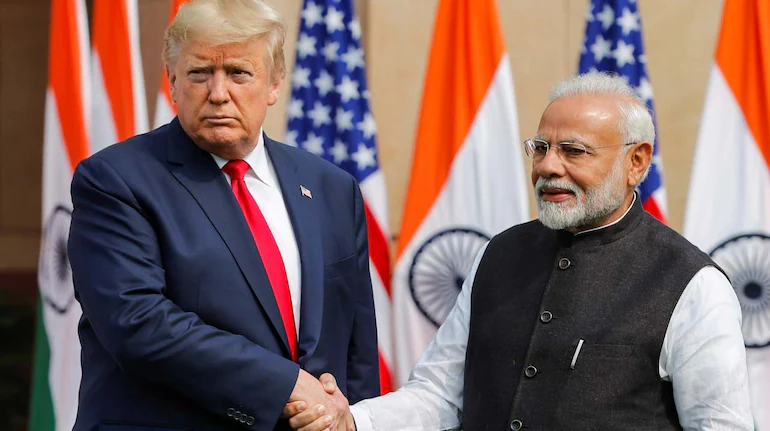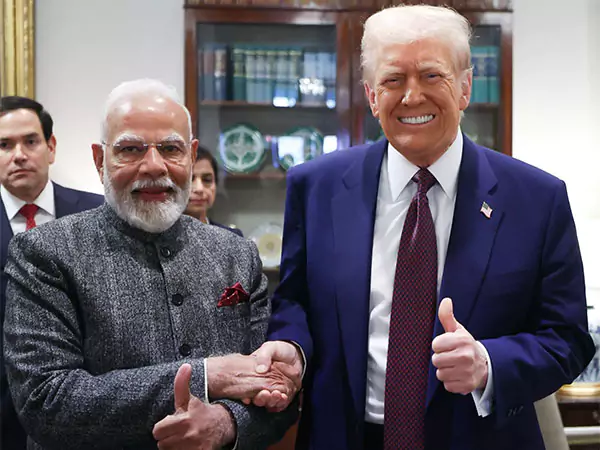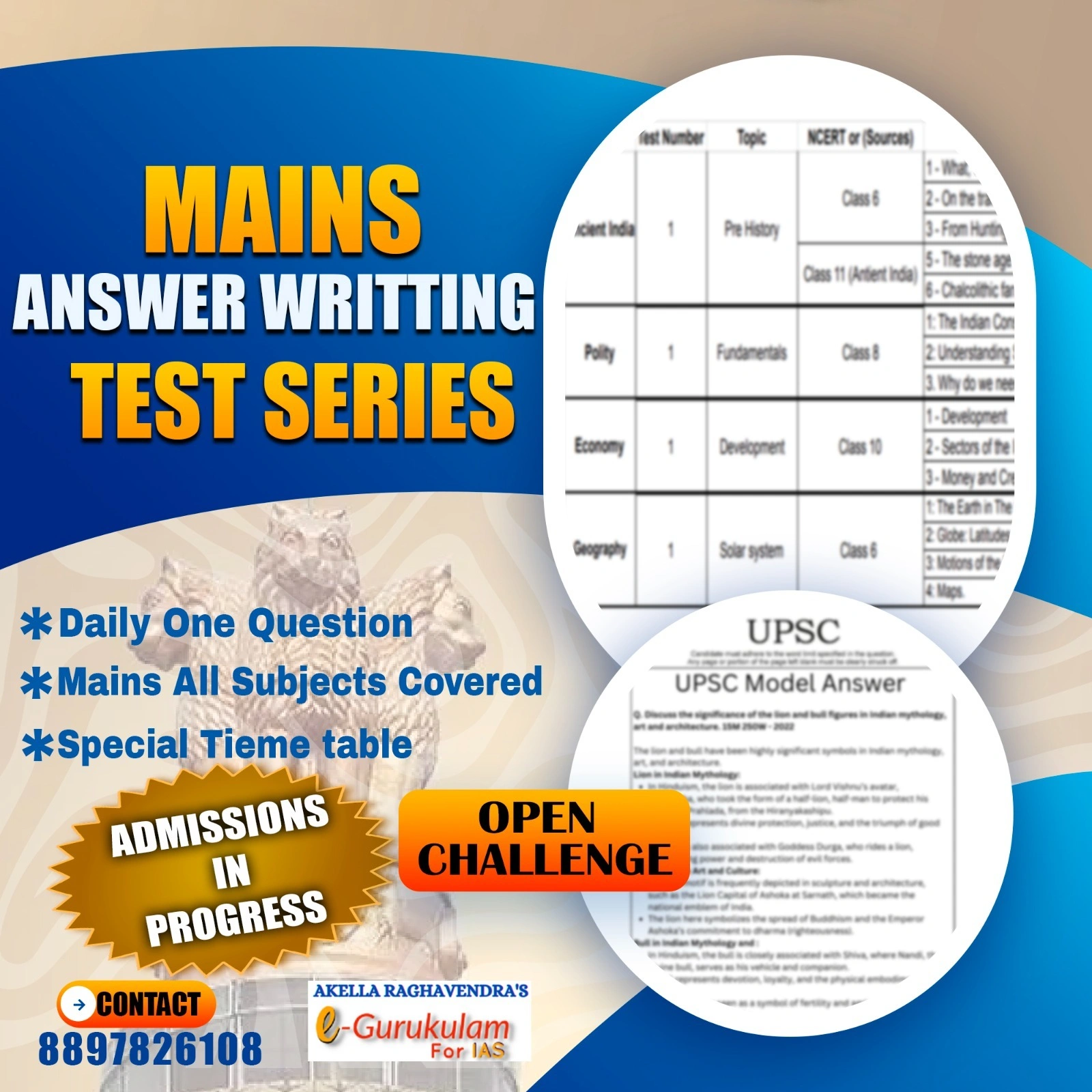Narendra Modi’s Visit to US
Prime Minister Narendra Modi will be one of the first world leaders to meet US President Donald Trump in his second term , reflecting the growing strategic partnership between India and the US .
- Modi's visit follows the visits of Israeli Prime Minister Benjamin Netanyahu and Japanese Prime Minister Shigeru Ishiba , signifying India's increasing global diplomatic stature .
- The visit will also serve as an opportunity for Modi to discuss trade, defence, and energy cooperation to further strengthen bilateral relations .
Trade Relations and Economic Cooperation
- Trade will be a key agenda during Modi's visit.
- Trump has previously referred to India as a "tremendous tariff maker" , criticizing India’s high import duties on US goods.
-
India has pre-emptively reduced customs duties on several products
like:
- High-end motorcycles (benefiting Harley-Davidson ).
- Lithium-ion batteries for electric vehicles (benefiting Tesla ).
- Mobile phone battery manufacturing equipment (benefiting Apple ).
- The Indian government is reviewing tariffs on 30 other items to improve trade relations and reduce trade imbalance with the US.
- Modi may also restart discussions on a limited trade agreement , which was nearing finalization during Trump's first term

Trade Deficit and Reciprocal Duties
- India has a trade surplus with the US , meaning India exports more to the US than it imports.
-
To prevent reciprocal tariffs by Trump, Modi will likely
emphasize steps India has
taken to:
- Reduce the trade deficit .
- Open new markets for US exports in defence, energy, and technology sectors .
- This step is crucial to avoid trade sanctions or penalties from the US.
Immigration and H-1B Visa Issue
- H-1B visa is widely used by Indian software companies to send skilled workers to the US.
- Trump has previously criticized this visa program, but his administration continues to support sourcing skilled talent from India .
-
Modi may seek to:
- Expand the H-1B visa program to benefit Indian IT companies .
- Ensure humane treatment of illegal immigrants deported to India (as some were seen in shackles).
Defence Cooperation
- Since 2008, India has purchased US defence equipment worth $20 billion , signaling a shift from Russia to the US in India's defence procurement.
-
Major defence purchases from the US include:
- C-130J Super Hercules transport aircraft .
- C-17 Globemaster transport aircraft .
- Apache attack helicopters .
- Chinook heavy-lift helicopters .
-
India is planning to purchase:
- 31 drones from the US.
- 114 multi-role fighter aircraft (MMRCA) under a global tender.
- Reconnaissance aircraft and infantry vehicles .
- Increasing defence purchases from the US will help correct the trade imbalance between both countries.
Energy Cooperation and Nuclear Energy Partnership
- Energy cooperation will be a key aspect of the visit.
- India aims to reduce its dependence on fossil fuels and increase its reliance on nuclear energy .
-
India's target is to generate:
- 100 GW of nuclear power by 2047 (currently only 8 GW).
- India has announced plans to amend its nuclear liability laws to make it easier for US companies to supply nuclear reactors to India.
-
India is also keen to develop:
- Small modular nuclear reactors (SMRs) in collaboration with the US.
- Expand its civil nuclear energy cooperation with the US.
Geopolitical and Strategic Importance
- Strengthening India-US ties will help counter the influence of China in South Asia and the Indo-Pacific region.
- Improved defence cooperation will help India enhance its military capabilities and strategic position .
- Trade and energy cooperation will diversify India's energy needs and reduce dependence on fossil fuels .













